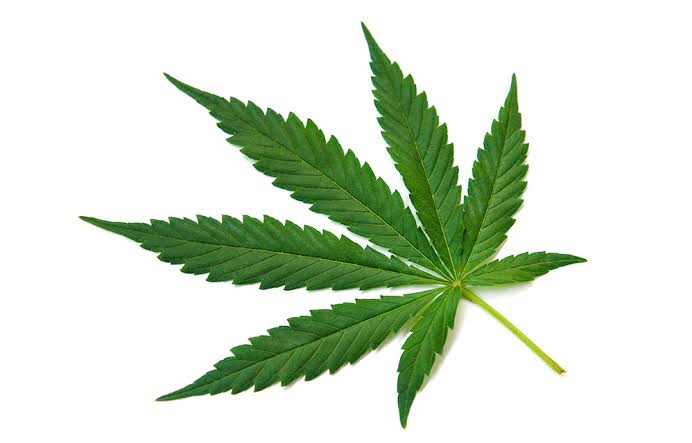Does regular cannabis use affect neuroanatomy? An updated systematic review and meta-analysis of structural neuroimaging studies.
Abstract
Regular cannabis use is associated with adverse cognitive and mental health outcomes that have been ascribed to aberrant neuroanatomy in brain regions densely innervated with cannabinoid receptors. Neuroanatomical differences between cannabis users and controls have been assessed in multiple structural magnetic resonance imaging (sMRI) studies. However, there is heterogeneity in the results leading to cautious interpretation of the data so far. We examined the sMRI evidence to date in human cannabis users, to establish more definitely whether neuroanatomical alterations are associated with regular cannabis use. The regional specificity and association with cannabis use indices (i.e. cumulative dosage, duration) were also explored. We systematically reviewed and meta-analysed published sMRI studies investigating regional brain volumes (cortical, subcortical and global) in cannabis users and non-user controls. Three electronic databases were searched (PubMed, Scopus, and PsycINFO). A total of 17 meta-analyses were conducted (one for each cortical, subcortical and global volume) using the generic inverse variance method, whereby standardised mean difference in volume was calculated between users and non-users. Exploratory meta-regressions were conducted to investigate the association between cannabis use indices and regional brain volumes. A total of 30 articles were eligible for inclusion, contributing 106 effect sizes across 17 meta-analyses. Regular cannabis users had significantly smaller volumes of the hippocampus (SMD?=?0.14, 95% CIs [0.02, 0.27]; Z?=?2.29, p?=?0.02, I2?=?74%) and orbitofrontal cortex {medial (SMD?=?0.30, 95% CIs [0.15, 0.45]; Z?=?3.89, p?=?0.0001, I2?=?51%), lateral (SMD?=?0.19, 95% CIs [0.07, 0.32]; Z?=?3.10, p?=?0.002, I2?=?26%)} relative to controls. The volumes of the hippocampus and orbitofrontal cortex were not significantly associated with cannabis duration and dosage. Our findings are consistent with evidence of aberrance in brain regions involved in reward, learning and memory, and motivation circuits in the regular use of substances other than cannabis, pointing to commonality in neurobiological abnormalities between regular users of cannabis and of other substances.

